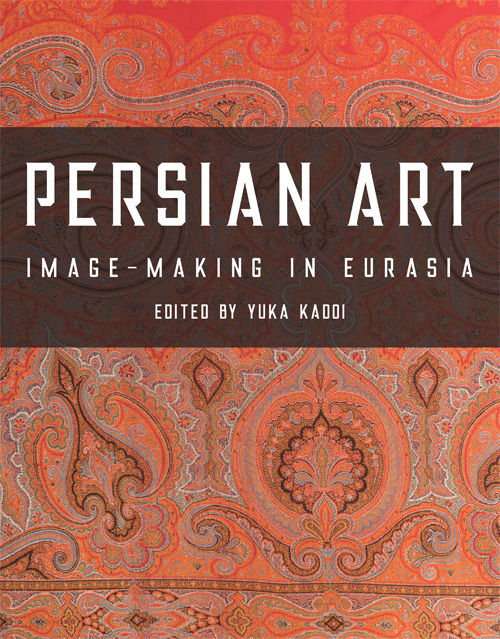New Methodologies in Carpet Studies: The 'Vine-scroll' Type (16th/17th centuries)
- rsantos
- Jan 2, 2018
- 1 min read
The recently published book Persian Art - Image-making in Eurasia (ed. by Yuka Kadoi) explores the pictorial, material and technological richness of the Persian world. It considers various media offering a colorful mosaic of new research into Persian visual culture by experts with diverse disciplinary background. Textiles are represented by the contribution of Raquel Santos (TTT member), which brings new insights on her doctoral research in Knotted Pile Carpets.

In this illustrated book, nine contributors explore multifaceted aspects of art, architecture and material culture of the Persian cultural realm, encompassing West Asia, Anatolia, Central Asia, South Asia, East Asia and Europe. Each chapter examines the historical, religious or scientific role of visual culture in the shaping, influencing and transforming of distinctive ‘Persian’ aesthetics across the various historical periods, ranging from pre-Islamic, medieval and early modern Islamic to modern times.
The chapter entitled, Persian, Indian or Indo-Persian? The Study of Sixteenth- and Seventeenth-century knotted Pile Carpets, discusses the challenges surrounding the study of 16th- and 17th-century knotted pile carpets.
It presents new important insights regarding the production and consumption of carpets belonging to the ‘Vine-scroll’ type. Moreover, it highlights the importance multidisciplinary methods for providing answers to the study of historical carpets, while opening broader horizons to the study and knowledge of historical textiles.



Comments